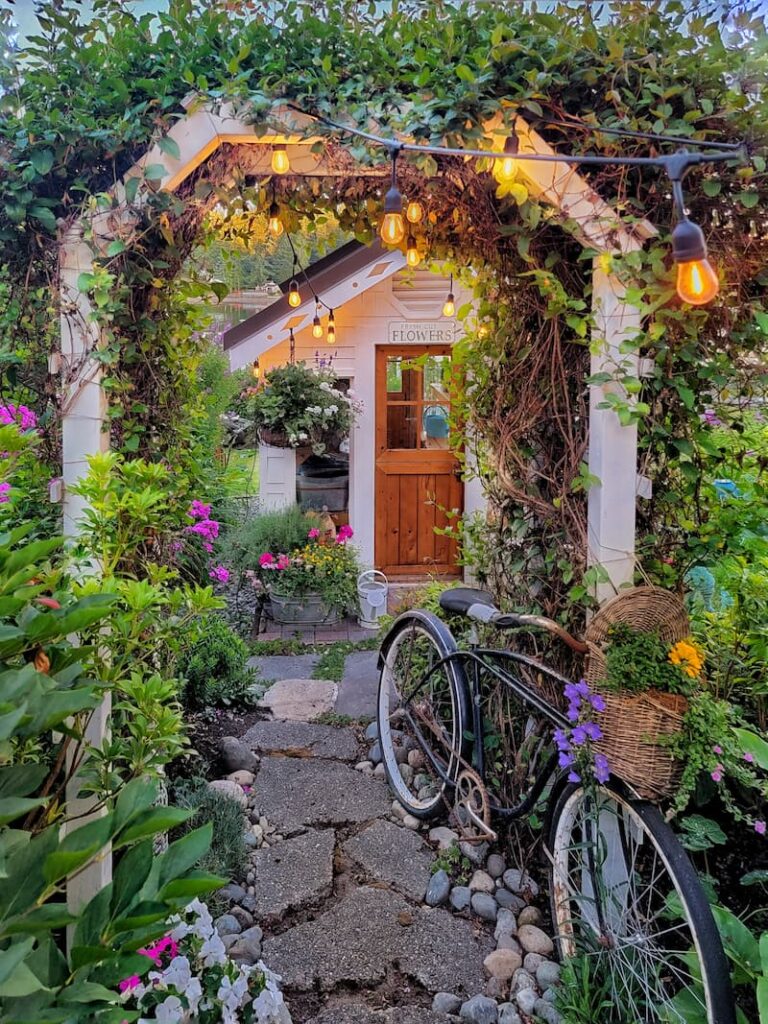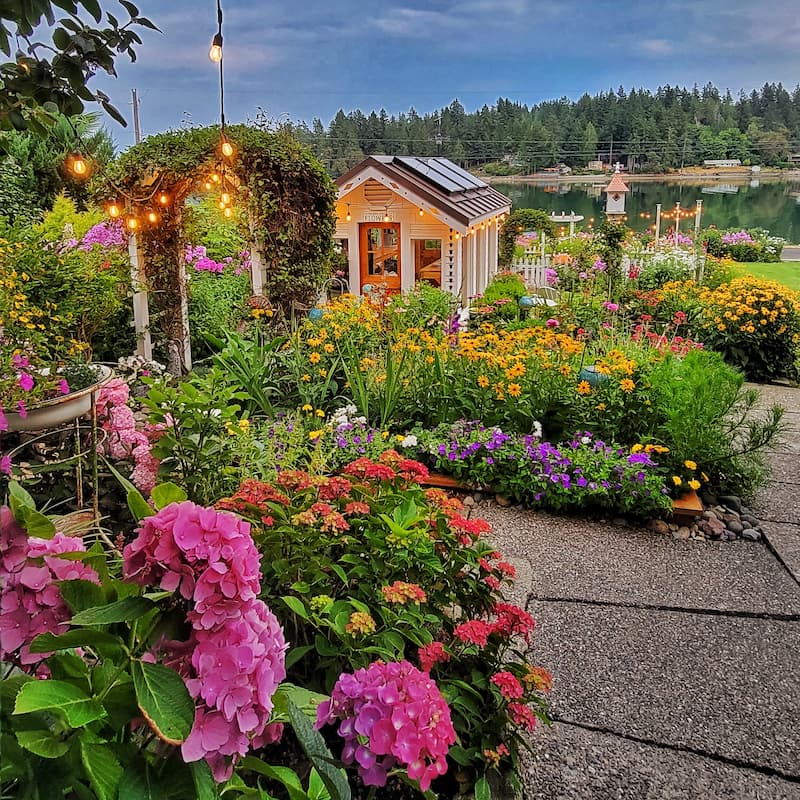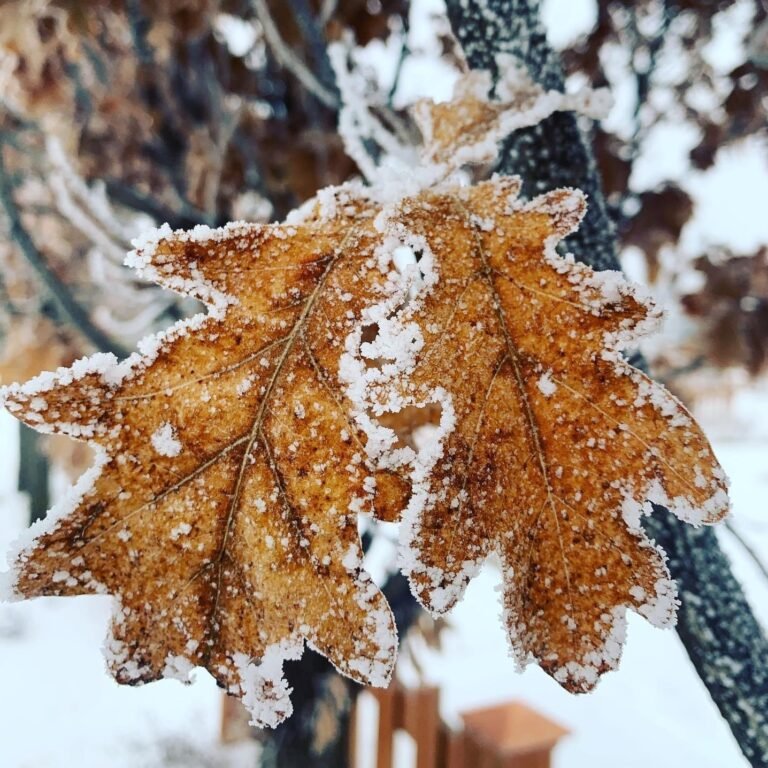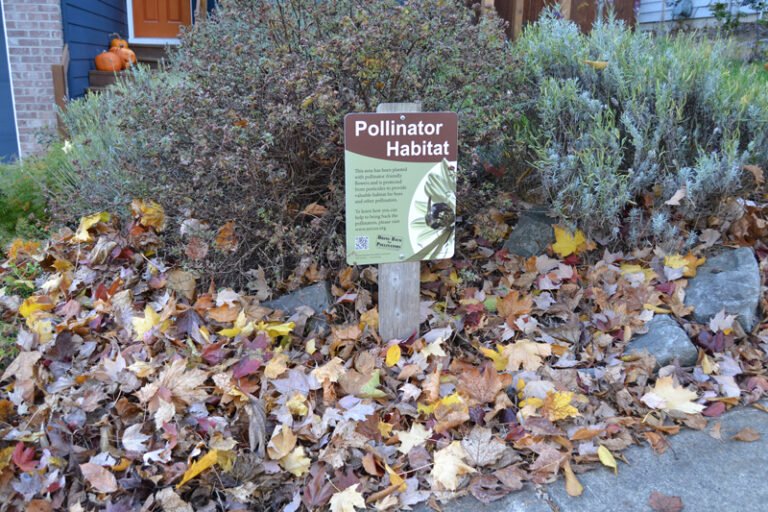As winter casts its chilly spell, gardeners may think their work is done. Yet, this season offers a perfect planning period.
Nestled indoors, with the cold wind howling outside, winter provides a quiet moment for reflection and preparation. Now is the time to dream up a vibrant pollinator garden for the coming year. With a little foresight, you can transform your outdoor space into a haven for bees, butterflies, and other beneficial insects.
Start by picturing the lush blooms of spring and summer, and the buzz of life they will attract. Think of the colors and fragrances that will fill the air. Planning your pollinator garden now ensures you are ready to sow seeds and plant flowers as soon as the frost thaws. Research is key. Discover which plants thrive in your region and which pollinators they attract. Consider their bloom times to offer a steady food source throughout the seasons. Remember, pollinators need shelter too, so think about where they might nest and hide from predators. By starting now, you ensure a year ahead full of growth, beauty, and the gentle hum of a garden full of life.
The Importance Of Pollinators In The Garden
Pollinators are crucial to our gardens. They ensure plants reproduce. Without them, our gardens would be less vibrant and fruitful. Let’s dive into why these creatures are so vital.
Pollinators like bees, butterflies, and birds play a key role in ecosystems. They help plants grow, breed, and produce food. They support biodiversity. A garden rich in pollinators is a healthy one.
Key Roles Pollinators Play
- They transfer pollen from flower to flower.
- Pollinators help plants to produce fruits and seeds.
- They aid in plant diversity, creating a balanced ecosystem.
Declining Pollinator Populations
Pollinator numbers are falling. Habitat loss, pesticides, and climate change are to blame. This is alarming. Our food supply and natural habitats rely on them.
| Cause of Decline | Impact on Pollinators |
|---|---|
| Habitat Loss | Less food and nesting for pollinators |
| Pesticides | Toxic chemicals harm their health |
| Climate Change | Alters flowering times and plant ranges |
Understanding these roles and threats is vital. It guides us in creating a pollinator-friendly garden next year. Let’s prepare during winter to welcome these helpers in spring.

Benefits Of Winter Planning For Gardens
Winter planning for gardens comes with great rewards. Gardeners gain a head start, preparing for a vibrant spring. It’s time to plan and ensure a blooming success.
Maximizing Productivity
Planning in winter allows for a strategic approach. Gardeners can select the right mix of plants. This ensures a steady bloom throughout the seasons. They can order seeds early, avoiding the rush. This preparation leads to a lush, productive garden.
- Choose a variety of plants for continuous flowering.
- Order seeds and supplies before they sell out.
- Design a garden layout for optimal growth and beauty.
Tackling Pest Management Early
Early planning helps identify potential pest issues. Gardeners can select resistant plant varieties. They can also plan for natural predators to keep pests in check. This proactive approach saves time and plants.
- Identify common pests and their plant targets.
- Select pest-resistant plants for the garden.
- Plan for beneficial insects that control pests.
Assessing Last Year’s Garden Performance
Winter is a great time to think about next year’s pollinator garden. Let’s start with assessing last year’s garden performance. This step is key to a better garden next year.
Successes And Failures
First, list what worked and what didn’t. Use simple notes or a table.
| Successes | Failures |
|---|---|
| Bee-friendly flowers bloomed well | Some plants did not grow |
| Butterflies visited often | Not enough variety of flowers |
Seeing this helps plan for better results next year.
Lessons Learned
- More variety of flowers needed.
- Plant in sunny spots.
- Water plants regularly.
These lessons teach us how to improve. Next year’s garden can be better with these changes.
Choosing The Right Plants For Pollinators
Winter offers the perfect time to plan for a vibrant pollinator garden. Selecting the right plants is crucial. These attract and sustain bees, butterflies, and other pollinating insects. Let’s delve into picking the best blooms for these vital garden visitors.
Native Vs Non-native Species
Native plants often thrive with minimal care. They are well-adapted to local conditions. Plus, they provide familiar food and habitat for native pollinators. On the other hand, non-native species can offer variety. Yet, they may not always support local wildlife as effectively.
- Research local flora to benefit native pollinators.
- Balance is key. Include both native and non-native plants.
- Consult with a local garden center for the best picks.
Season-long Blooms
For a garden that buzzes all year, choose plants that flower at different times. This ensures a constant food supply for pollinators. Aim for a mix of spring, summer, and fall bloomers.
| Season | Plant Suggestions |
|---|---|
| Spring | Crocus, Lilac |
| Summer | Coneflower, Lavender |
| Fall | Goldenrod, Aster |
- Start with early bloomers like crocus for spring.
- Add sun-lovers like coneflower for summer heat.
- Finish with late bloomers like aster for autumn.
Garden Design Strategies
Winter offers a perfect time to plan your pollinator garden. With the right strategies, you can create a haven for bees, butterflies, and birds. Let’s explore how to design a garden that supports these vital creatures.
Creating Habitat Diversity
Habitat diversity is key for a thriving garden. Think variety. Mix flowers, shrubs, and trees. This approach attracts different pollinators and supports them throughout the year.
- Flowers: Choose a range of types that bloom at varied times.
- Native plants: They often require less care and attract local pollinators.
- Layering: Combine plants of different heights to mimic natural habitats.
Incorporating Shelter And Water Sources
Pollinators need shelter and water. Add features that offer both.
| Feature | Benefit |
|---|---|
| Bee hotels | Safe nesting for solitary bees |
| Birdhouses | Shelter for birds, some eat pests |
| Water sources | Essential for all garden visitors |
Remember to place water features where pollinators can land safely. Use rocks or floating wood.

Soil Preparation And Maintenance
As winter wraps its cold hands around our gardens, it’s the perfect time to think about soil. Soil preparation and maintenance are key for a thriving pollinator garden next year. Let’s dive into how to care for your soil during winter.
Winter Soil Care
Winter is not a break time for your garden soil. It’s a time to prepare. Cover your soil with mulch or leaves. This protects it from winter cold and keeps it healthy. Come spring, your soil will be ready for planting.
Organic Matter And Fertilization
Adding organic matter helps your soil. Think compost, manure, or leaf mold. These enrich the soil and support your future plants. A light layer of compost over the soil does wonders.
For fertilization, less is more. Use a gentle, organic fertilizer. Avoid strong chemicals. They can harm the helpful insects and worms in your garden.
- Check your soil’s pH. It tells you what your soil needs.
- Aerate your soil. This helps water and nutrients reach the roots of plants.
- Plan crop rotation. Different plants take different nutrients. Changing what you plant each year helps keep your soil balanced.
Remember, healthy soil means a healthy garden. Your efforts now lay the groundwork for a vibrant, pollinator-friendly garden next year. Take care of your soil this winter.
Sourcing Seeds And Plants
As winter wraps its chilly arms around us, our thoughts turn to the vibrant pollinator garden we dream of for next year. This quiet season is the perfect time to start planning. Sourcing seeds and plants now ensures a lush, blooming paradise when warmer days return. Let’s dig into the essentials of selecting the best seeds and finding the right plants for your pollinator sanctuary.
Selecting Quality Seeds
Quality seeds are the foundation of a thriving garden. Look for seeds that boast a high germination rate and are non-GMO. Check seed packets for freshness dates and opt for organic options when possible. These seeds often yield healthier plants and help maintain a clean environment for pollinators.
- High germination rate ensures good growth
- Non-GMO for natural development
- Organic supports a healthy ecosystem
Supporting Local Nurseries
Local nurseries offer more than just plants; they provide valuable expertise and region-specific varieties. By supporting them, you contribute to the local economy and reduce your carbon footprint with plants that haven’t traveled long distances. Nurseries often carry native species that are well-suited for local pollinators and can thrive in your garden’s conditions.
| Benefits of Local Nurseries |
|---|
| Expert advice on plant care |
| Plants adapted to local climate |
| Support for local businesses |

Educational Opportunities And Community Involvement
Winter offers a unique chance to learn and connect. With the garden at rest, it’s time to build knowledge and relationships. This season, dive into educational workshops and local collaborations. These experiences enrich our understanding of pollinators. They also strengthen community ties.
Workshops And Seminars
Local workshops and seminars provide valuable insights. Experts share tips on plant selection and habitat creation. Attend these events to learn about:
- Native plants that attract pollinators
- Designing a season-long bloom schedule
- Sustainable gardening practices
Collaborating With Local Gardeners
Joining forces with nearby gardeners brings many benefits. Share resources, swap plants, and exchange experiences. Form garden clubs or join community projects. These partnerships help us all succeed in our pollinator garden goals.
| Activity | Benefits |
|---|---|
| Plant swaps | Access to diverse plants |
| Group discussions | Shared knowledge |
| Joint planting days | Community building |
Timeline For Implementation
Planning your pollinator garden for next year starts now, in winter. A good plan helps. Let’s talk about when to start seeds inside and move plants outside. Follow this guide for a blooming garden.
Starting Seeds Indoors
Starting seeds inside gives plants a head start. Most seeds need to start 6 to 8 weeks before the last frost. Here’s what you need:
- Seed trays or small pots.
- Soil made for seeds.
- Water and warmth.
- Light. A sunny window or grow light.
Plant seeds in moist soil. Keep them warm and lit. Watch for growth in a few weeks.
Transplanting Schedules
Moving plants outside needs timing. Wait until after the last frost. This is often in late spring. Here’s a simple plan:
- Check your local frost dates.
- Plan to move plants outside 2 weeks after this date.
- Before moving, plants need to get used to outside. This is called “hardening off.”
- Start by putting plants outside for a few hours each day. Increase time daily for a week.
After hardening off, plant them in your garden. Choose a cloudy day to ease the shock of moving.
Following this timeline ensures your pollinator garden thrives. Start planning and planting for success.
Monitoring And Adapting The Garden
As winter sets in, it’s the perfect time to reflect on your pollinator garden. Monitoring and adapting your garden even during the colder months can lead to a more vibrant and successful garden come spring. Let’s delve into how you can keep track and make necessary adjustments to your plans.
Keeping A Garden Journal
A garden journal is a vital tool. It helps you record successes and areas for improvement. Start by noting plant growth, weather patterns, and pollinator visits. Use bullet points to make key observations stand out:
- Plant growth: Track which plants thrived or struggled.
- Weather impact: Record unusual weather and its effects.
- Pollinator activity: Note the types and frequency of pollinators.
Adjusting Plans As Needed
Your observations will guide you in tweaking your garden layout or plant selection. Look for patterns in your notes. If certain plants did not attract pollinators, consider replacing them. Keep these points in mind:
- Plant replacement: Swap out underperformers with native, pollinator-friendly options.
- Layout changes: Rearrange plants based on sunlight and space requirements.
- Soil care: Amend soil to improve plant health and attract more pollinators.
By actively monitoring and adapting your garden, you create a haven for pollinators year after year.
Frequently Asked Questions
What Plants Attract Pollinators The Most?
Many flowering plants can attract pollinators, but some of the most effective include lavender, salvia, zinnias, sunflowers, and wildflowers. These plants offer abundant nectar and pollen, which are essential for bees, butterflies, and other pollinating insects. Choosing a variety ensures a more vibrant and productive garden.
How To Prepare Soil For A Pollinator Garden In Winter?
Preparing soil in winter involves adding organic matter like compost or well-rotted manure. This enriches the soil, improving its structure and fertility. It’s also a good time to test soil pH and adjust it according to the needs of the plants you plan to grow, ensuring a thriving garden.
When Is The Best Time To Plant A Pollinator Garden?
The best time to plant a pollinator garden is in early spring after the last frost. This gives plants enough time to establish themselves and flourish throughout the growing season. However, planning and soil preparation can be done during winter for a head start.
Can A Pollinator Garden Be Planted In Shade?
Yes, a pollinator garden can thrive in shaded areas with the right plant selection. Plants like astilbe, foxglove, and hostas are well-suited for low-light conditions and can attract pollinators. It’s crucial to choose plants that match the light conditions of your garden space for optimal growth.
Conclusion
As winter wraps its chilly arms around us, let’s dream of a buzzing garden. Picture butterflies fluttering and bees visiting each bloom. Yes, planning a pollinator garden now means a vibrant, lively spring. Start by choosing native plants; they’re best for local wildlife.
Don’t forget to include a variety of flowers. This ensures food for pollinators throughout the seasons. Your garden will be a haven for these vital creatures. So grab some seed catalogs and get inspired. Your future garden will thank you – and so will the pollinators!


